curatorial text
Guillermo Fantoni
The forest, the rain and other scenes
Diptych These writings were done for two different events that took place in 2016 with a difference of a few months; these texts, now juxtaposed, make up a kind of diptych. Its purpose is to point out some of the possible meanings of Fabiana Imola ‘s recent work gathered in this new exhibition: the forest charred under the rain, the escenographic Teatrinos and the constellation of metal pieces displayed on glass plates. The first writing, the final section of the essay dedicated to Enramada, Fabiana Imola’s last anthological exhibition, was completed on March 7, four months before its inauguration. She herself has as a starting point the structural role of drawing in her work; specifically how works operating in space are generated through multiple procedures. Thus, it arises from a long-lasting fantastic iconography that justifies the image of a snake that bites its tail in a work that also, as it can be seen in this exhibition, has new surprises. The second is part of the presentation “Politicities and experiences”, read on August 6 at the 12th Rosario Art Week, where some situations experienced in the last Venice Biennale are connected to one of the exhibition facilities: the charred forest. A work that, based on the mutations experienced in its final resolution, allows new senses to be brought in – more dramatic and certainly overburdened – to a production that, it is necessary to mark, had already made the search for beauty an ethic.
(One)
Originated from the observation of cracks and vines, these drawings are also digitally mirrored giving rise to a jewel-like sculptural version: a world of fantastic symmetries composed of insects, animal heads, sharp antlers, and vestiges of a proliferating vegetation. Hatched by polished steel ribs, these pieces replicate, as a consequence of the openwork and through endless small plates, another version of that fabulous life. But this ethereal interpretation of sculpture, not without affinities with the flamboyant and tangled initial pieces –the openwork covered with thorns and seeds–, does not constitute in an insular way the epilogue of the journey: a path that by these associations could be charted with the image of a snake biting its tail. There are also other achievements and reasons to consider. A closer look at Fabiana’s workshop reveals corbels on which iridescent bark cuttings are inserted, which she calls Teatrinos; they are silver and gold cutouts like the arabesques and turbulence that she drew back in the nineties. Alongside these silent sets – more appropriate for an animistic fable than for the traditional puppet theater – there are small silver metal sheets that participate in new configurations: they sparkle like insects or like small birds from the walls supported by magnets, they perch on mobiles generating subtle balances, they are inserted into thin cords that weave the space like rays, or withstand rain of rods from which other appendages also hang. They are the last link in a very long chain whose beginnings are to be found in the fascinating natural settings traveled by the artist: lately, almost exclusively, the islands of the Paraná river. A scene whose fragments – charred trunks and stumps of trees that are legible as true sculptures – have returned with unusual force to settle between the rains and the shining bark of a silver garden; and to star – as in the early days – a privileged role in the declared “fiction and poetics of the organic”.
(Two)
At the end of the presentation on these small experiences, I would like to come to a local situation in which I am involved for being a curator. This is Enramada, the anthological exhibition of Fabiana Imola. I will point out what was provoked to me by a work, Forest of Coal and Silver. Initially, it appeared as a continuity of the natural and vegetable theme cultivated by the artist and therefore as a transformation and confrontation of materials, colors and textures, to such an extent that in the writing completed in March, when this and other Recent works were in progress, I mentioned it as a silver garden where large pieces of coal appeared between crusts and metal showers. The point is that at the end of the montage the artist tells me that this work suggests to her “a forest devastated by a bombardment”, to such an extent that on the guided tour prior to the inauguration I pointed out that work as linked to the iconography of the ruin which is an aspect of the iconography of war and in turn of the iconography of death. It is worth noting that the suffering trees and stumps have appeared in emblematic works of the interwar period to show the traces of violence and that in relation to these elements, the storms and winds that swirl over the characters in the paintings are not only meteorological phenomena but allusions to a political catastrophe of planetary dimensions: the Second World War or, in other words, the storm that was launched on the world. But in addition to this fact, the video that closes the exhibition, shows how the artist had to produce those dark blights and consequently trace relationship ties that led her to Tomasa Ramos. A woman from the Chaco who with the traditional method generates these coals and narrates how the expansion of the crop produced the clearing of the forest, expelling its inhabitants and forcing them to carry out other activities. Thus the work is loaded with new political meanings that are based on the strategies and perspectives that the creator carried out.
view more
exhibition
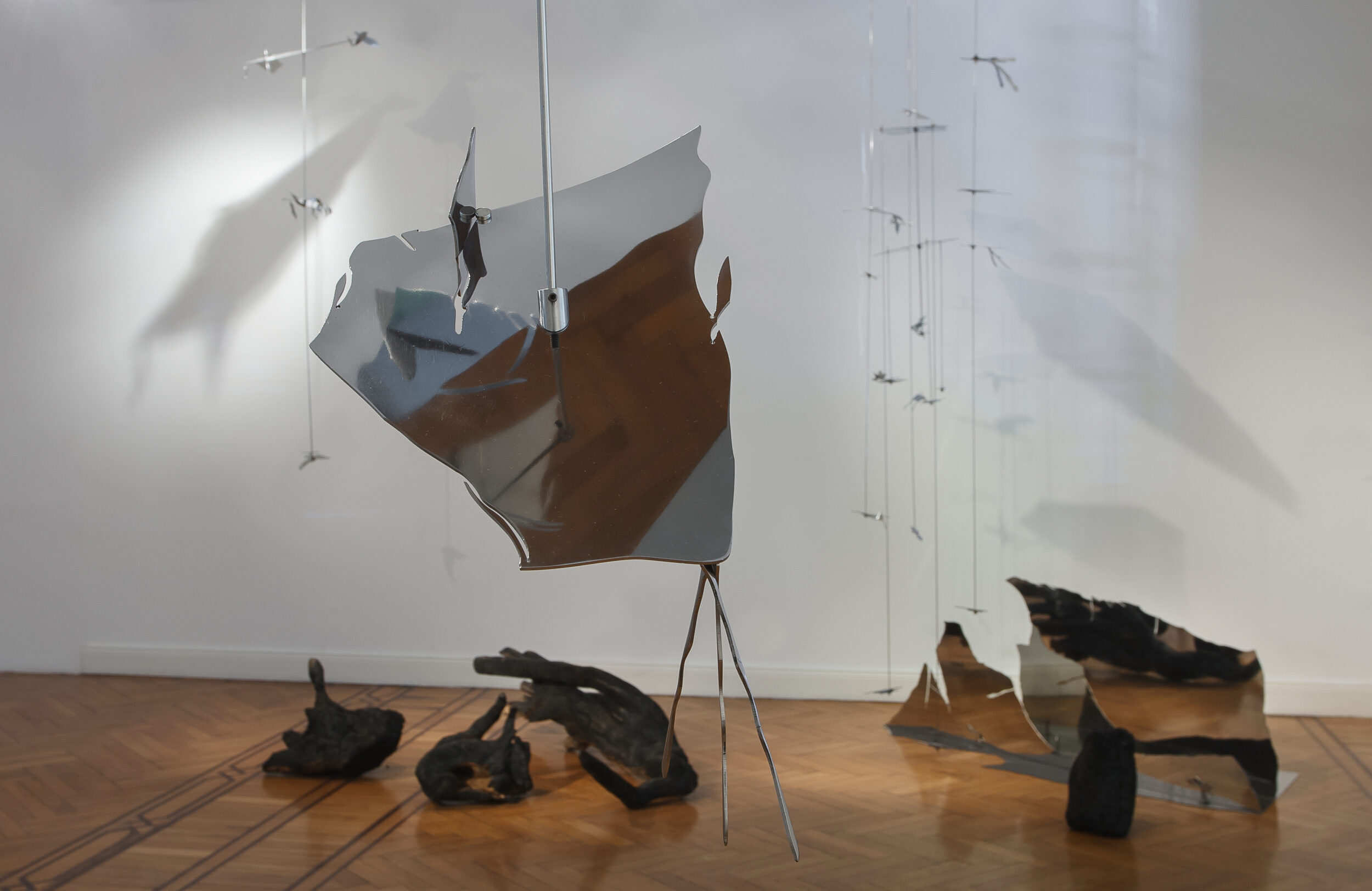

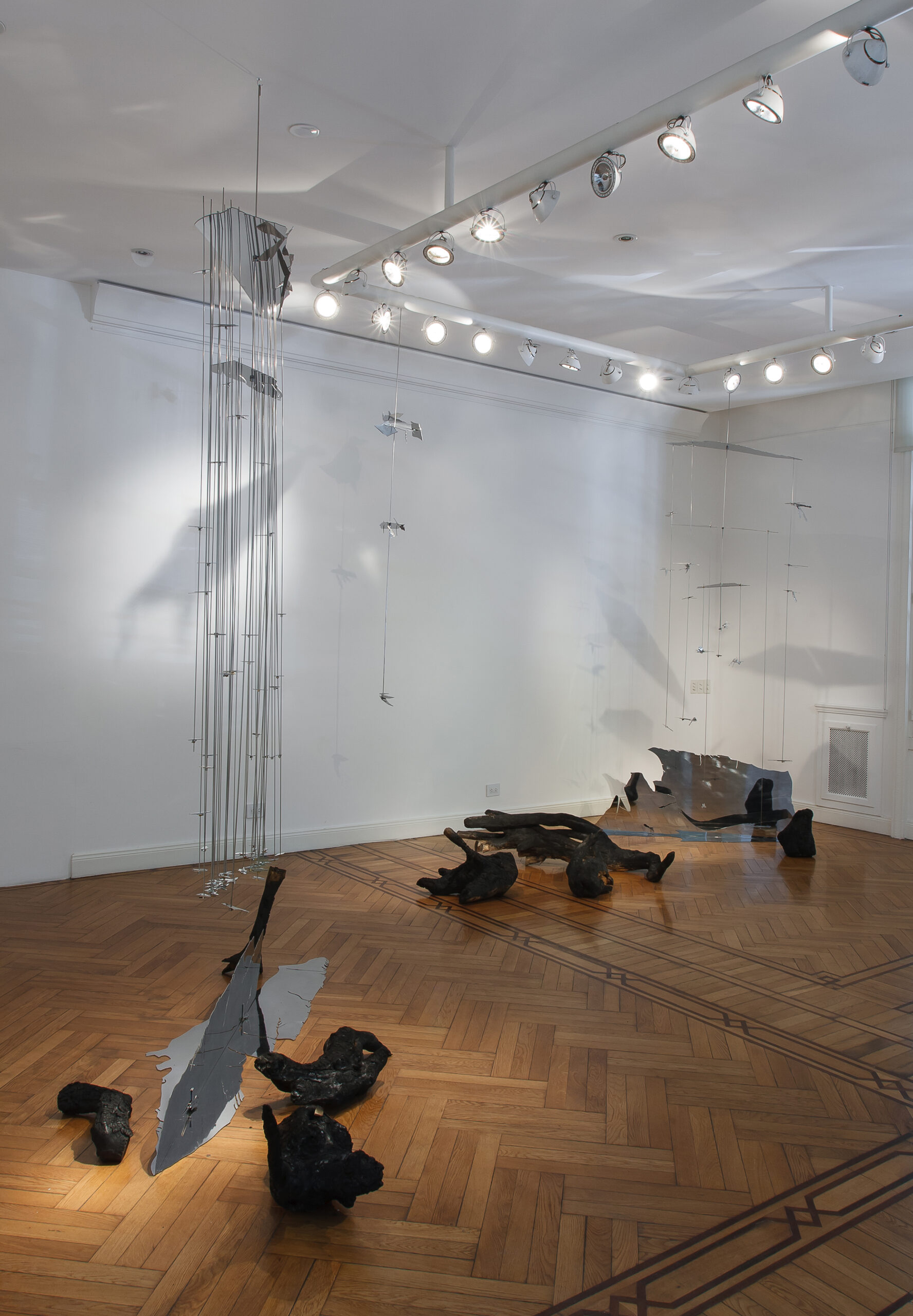


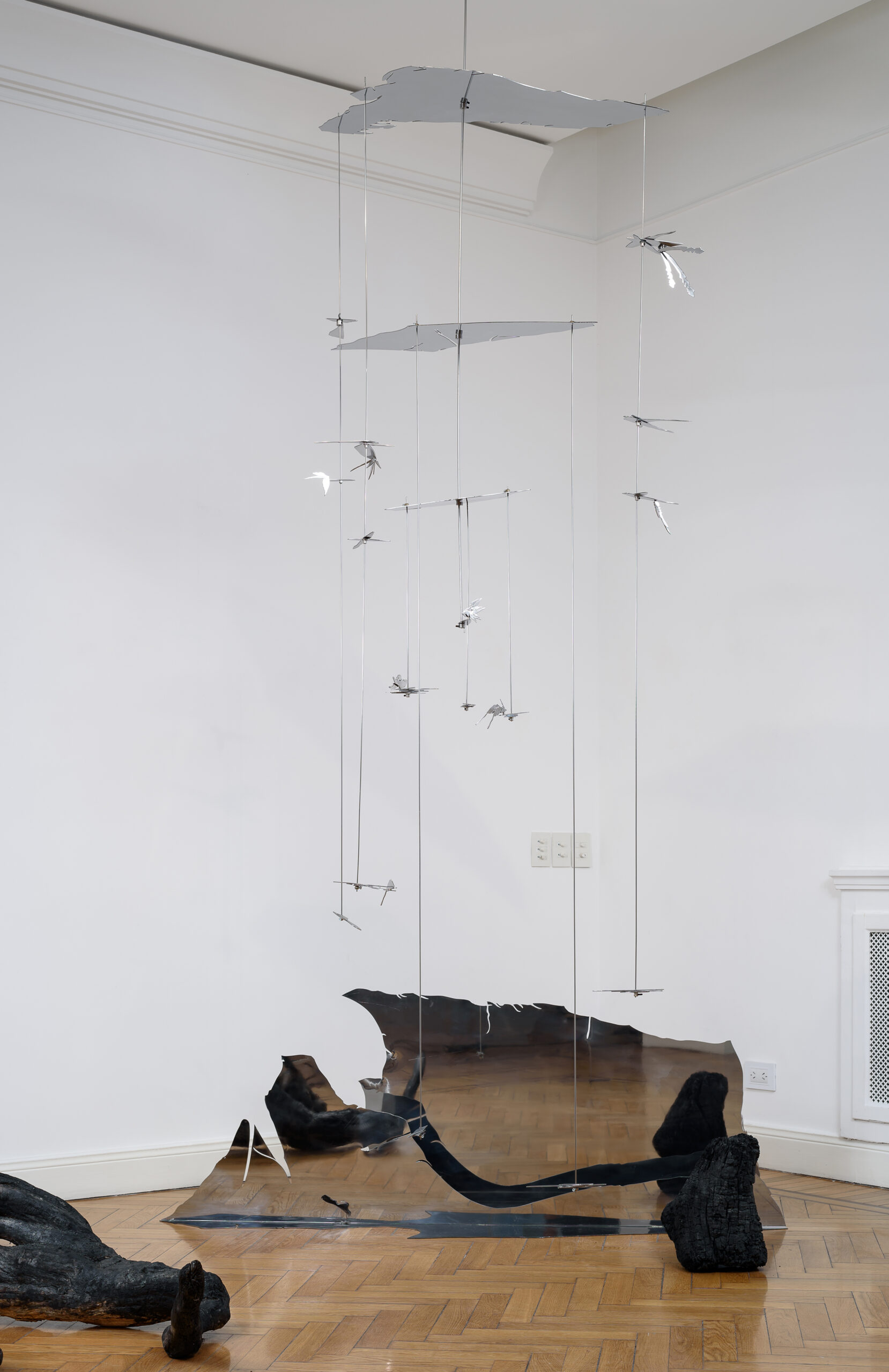
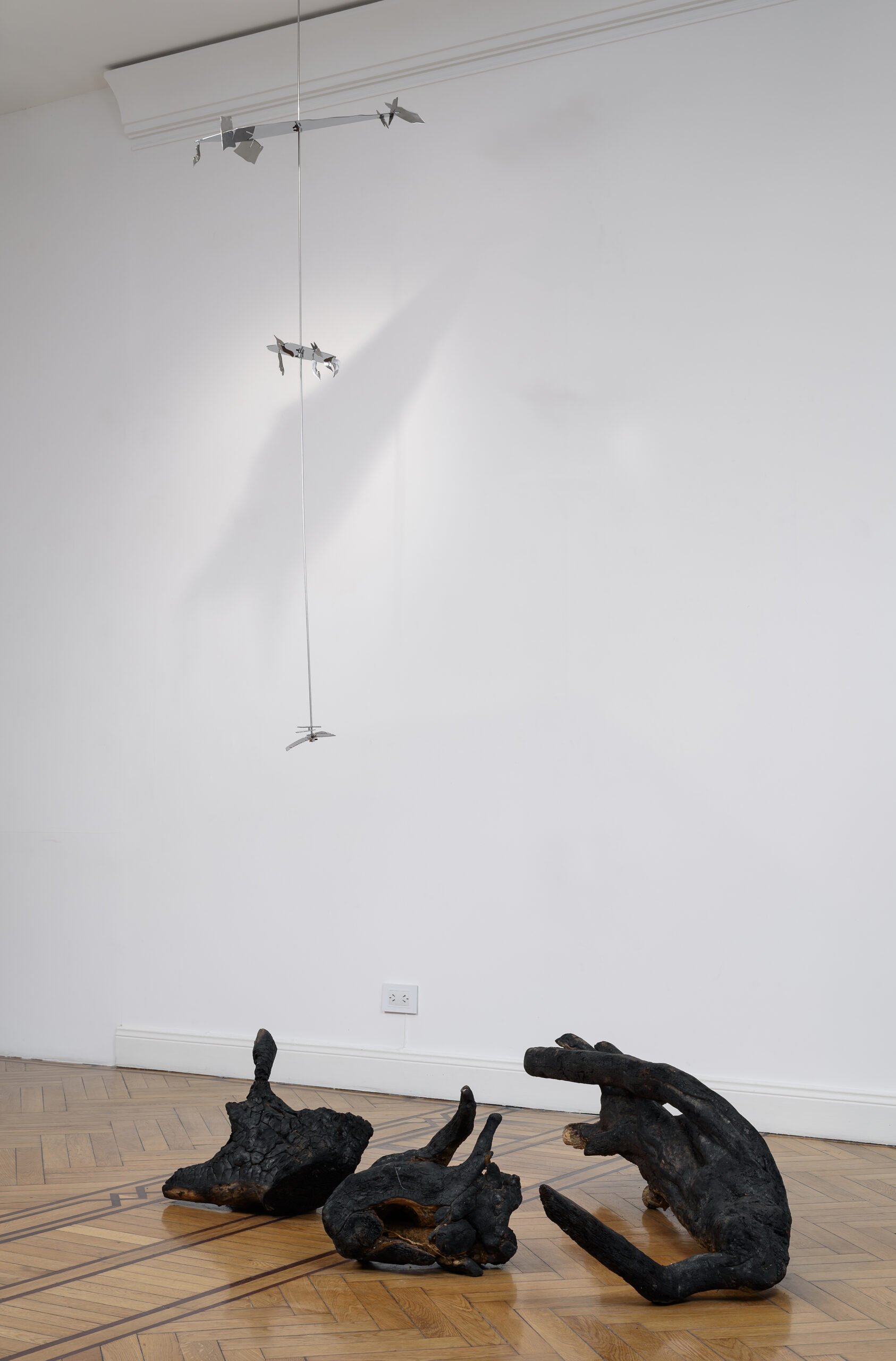

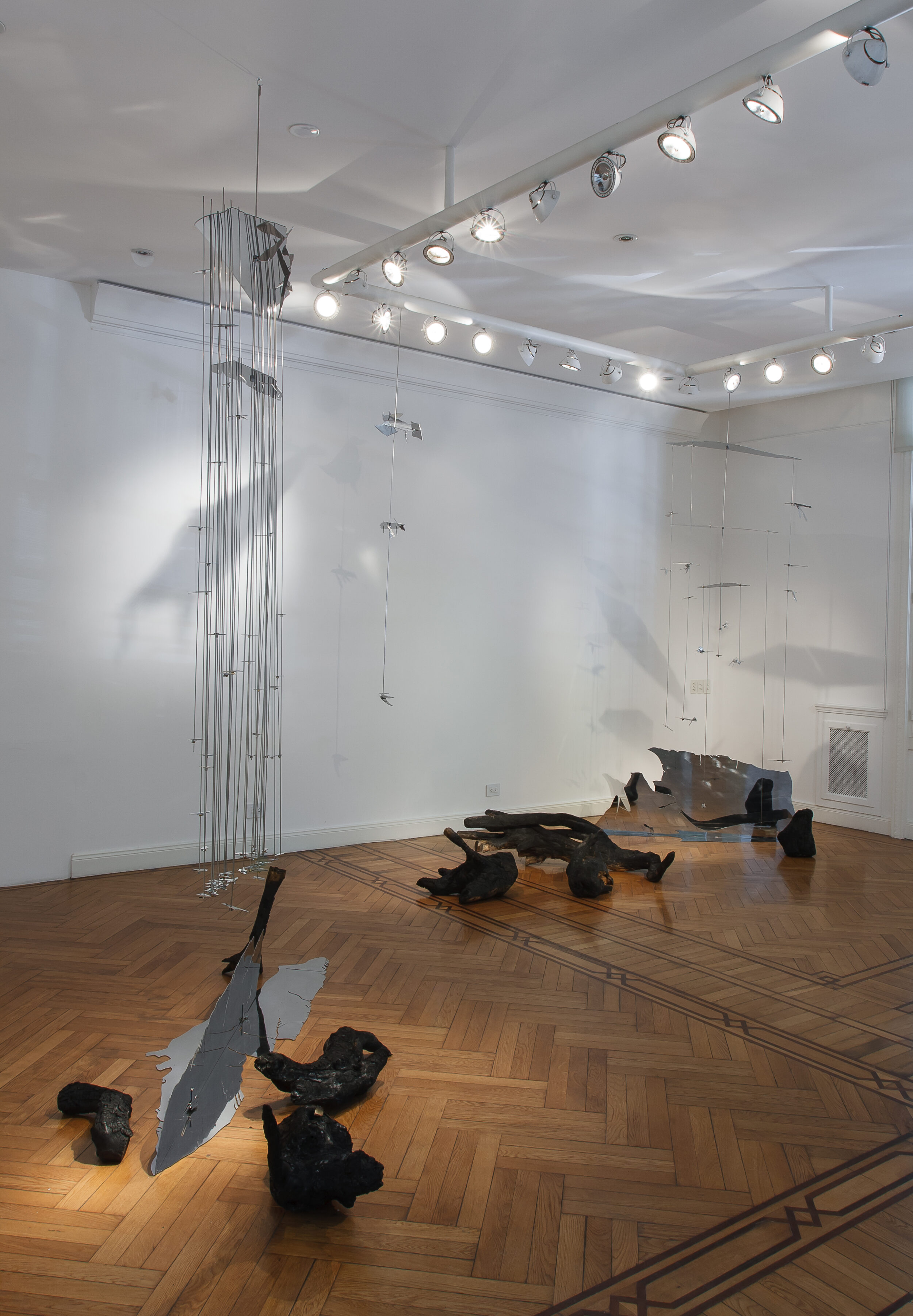

press
other exhibitions
Axel Straschnoy, Beto De Volder, Clorindo Testa, Emilio Pettoruti, Enio Iommi, Esteban Pastorino, Gyula Kosice, Manuel Espinosa, Marcela Cabutti, Matilde Marin, Rogelio Polesello, Romina Ressia, Romulo Macció · 12.12.2023 - 15.02.2024
Indefinit
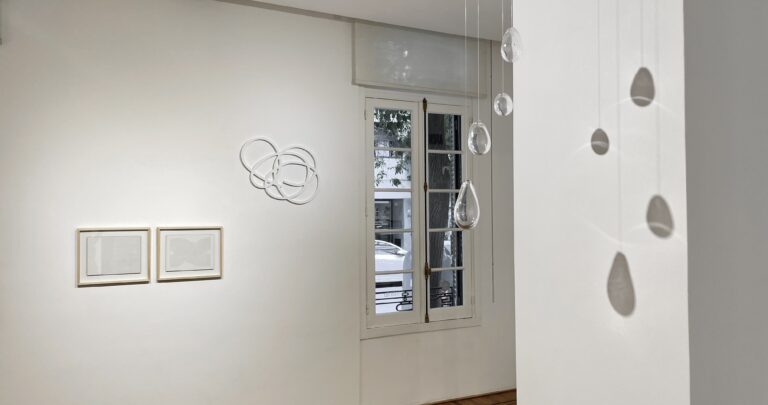
Axel Straschnoy · 02.11.2023 - 29.12.2023
Brave the Heavenly Breezes
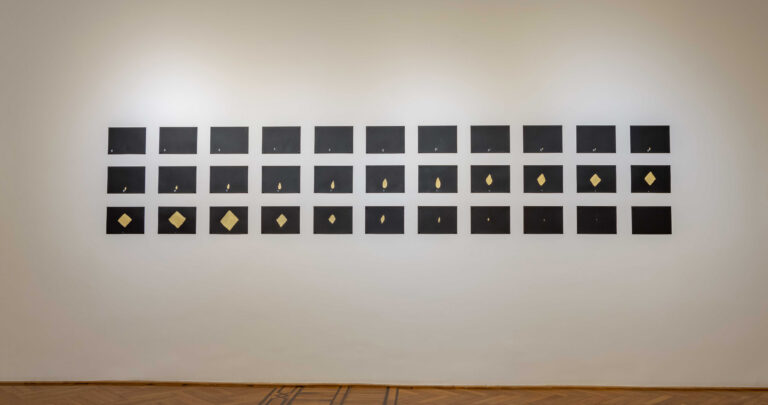
André Komatsu, Enio Iommi, Clorindo Testa · 23.08.2023 - 31.10.2023
Hiato

Mariela Vita · 12.07.2023 - 16.08.2023
GEJIGEJI

Polesello, Aizenbeg, Kosice, Vardanega, Le Parc, Iommi, Puente, Arden Quin, Espinosa, Demarco, Straschnoy, De Volder, Pastorino, Imola, Batistelli, Cabutti, Reyna · 09.02.2023 - 15.03.2023
Eléctrico/ ecléctico
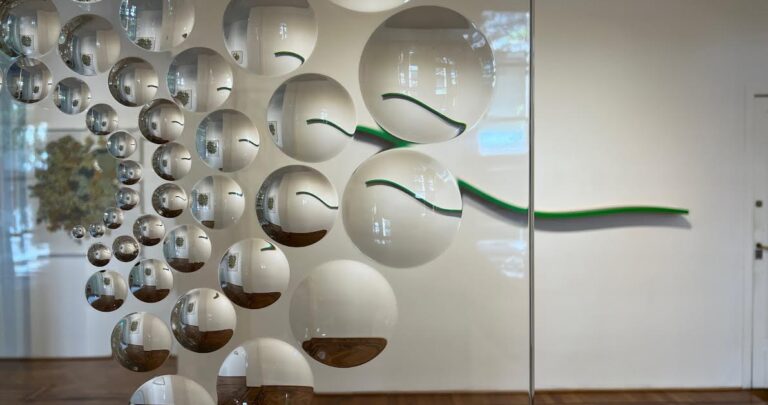
Fabiana Imola & Aníbal Brizuela · 16.09.2022 - 02.12.2022
Inside, the shapes. They move alone
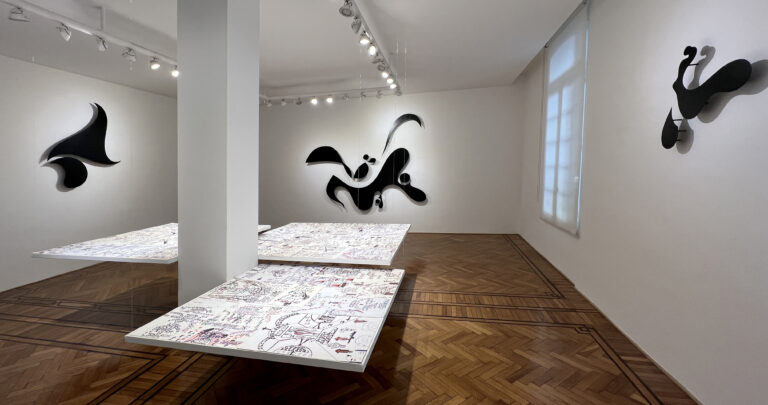
Romina Ressia · 09.06.2022 - 25.08.2022
Grow flowers
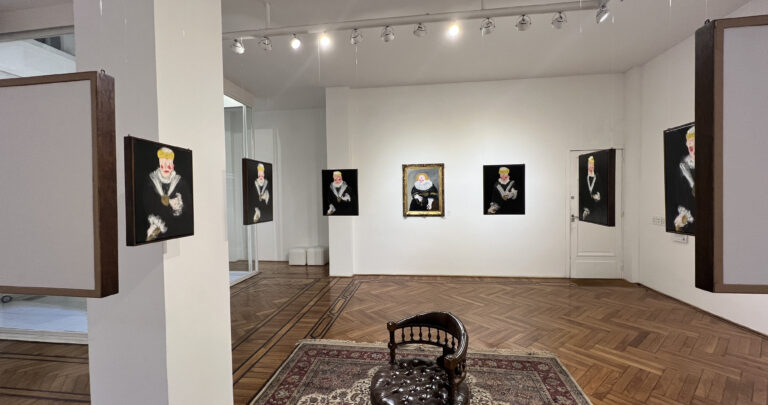
Martín Reyna · 11.03.2022 - 03.06.2022
Color in transit
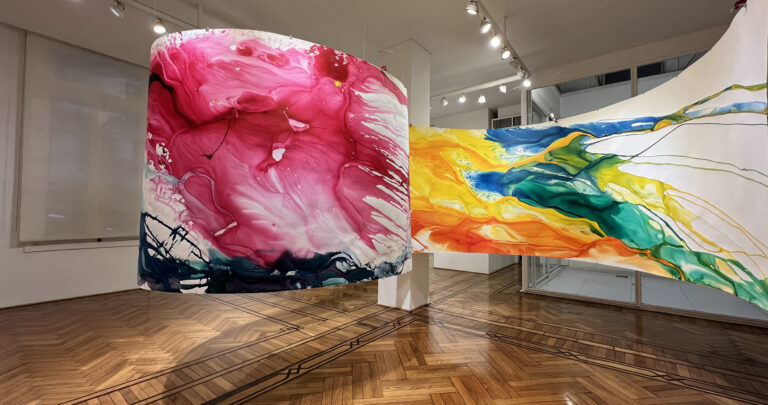
Matilde Marín · 08.02.2022 - 02.03.2022
25FPS

Clorindo Testa · 11.11.2021 - 31.01.2022
Testa, projects and other games

Cabutti, De Volder, Reyna, Imola, Ventoso, Ressia. · 05.10.2021 - 22.10.2021
Group Show 2021 II

Matilde Marín · 23.07.2015 - 21.09.2015
Undetermined landscapes
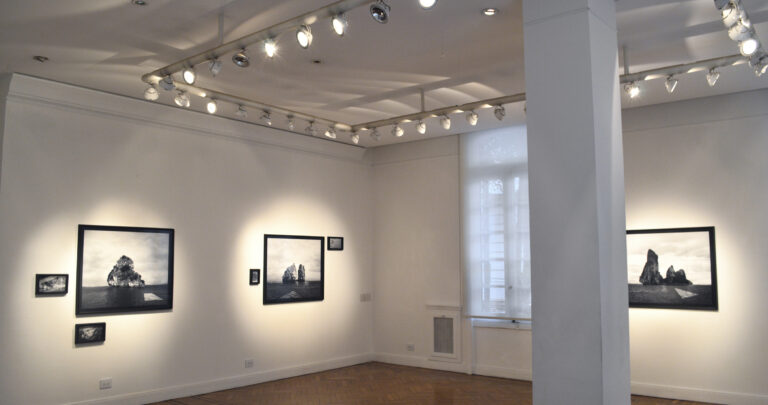
Marcela Cabutti · 16.07.2021 - 22.09.2021
Balcarce, topographic memories of a landscape

Benito Laren · 12.05.2012 - 22.06.2012
Casino
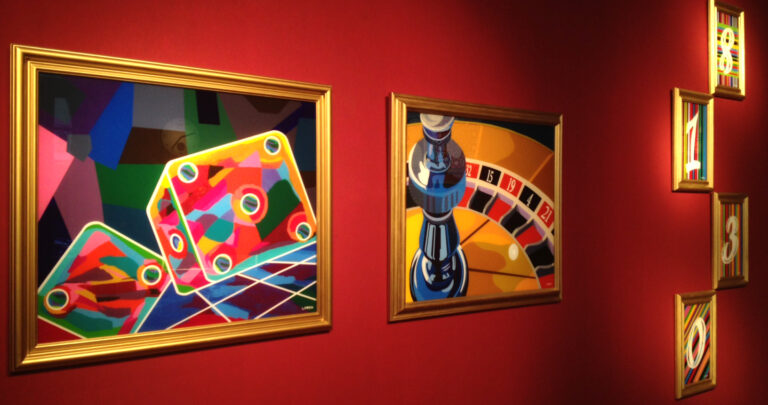
Lila Siegrist · 26.06.2012 - 27.08.2012
Vikinga Criolla
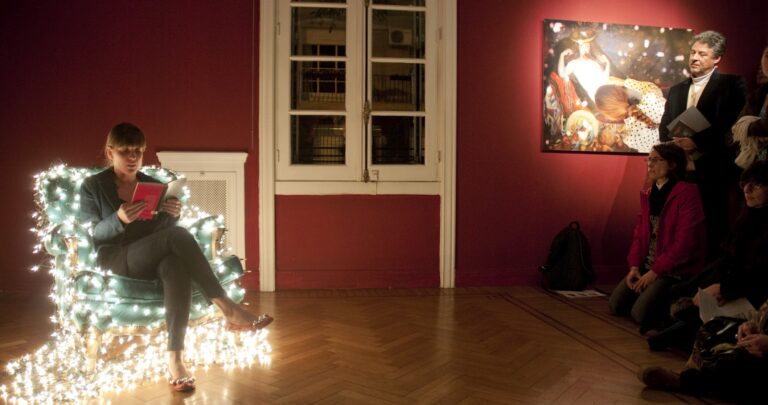
Cárdenas, Imola, Marin, Res, Sommerfelt, Ventoso · 10.08.2012 - 11.10.2012
Morphological confrontations
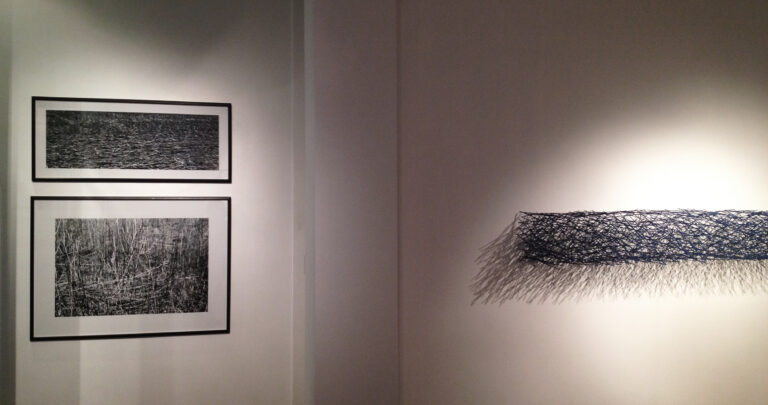
Martin Reyna · 20.09.2012 - 20.11.2012
Reyna in the horizon of color
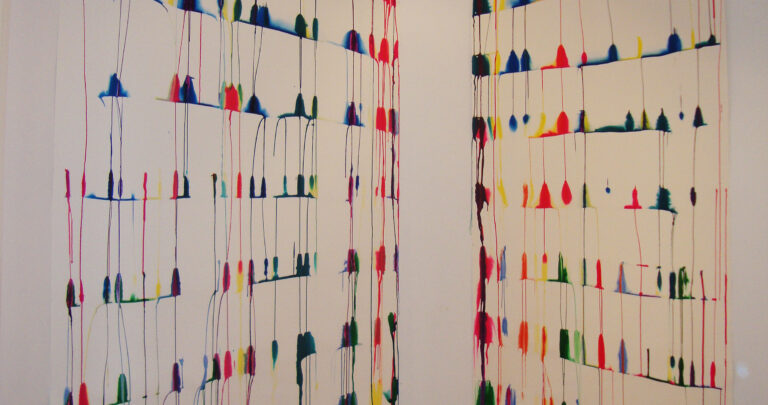
Romina Orazi · 04.12.2012 - 04.02.2013
Subject to infinite division
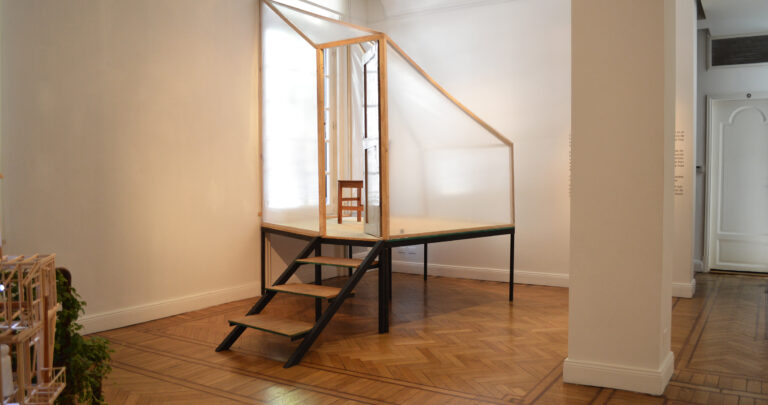
Aizenberg, Boto, Espinosa, Iommi, Lozza, Le Parc, Kosice, Silva, Tomasello, Vardánega · 01.06.2013 - 31.07.2013
Dimensional
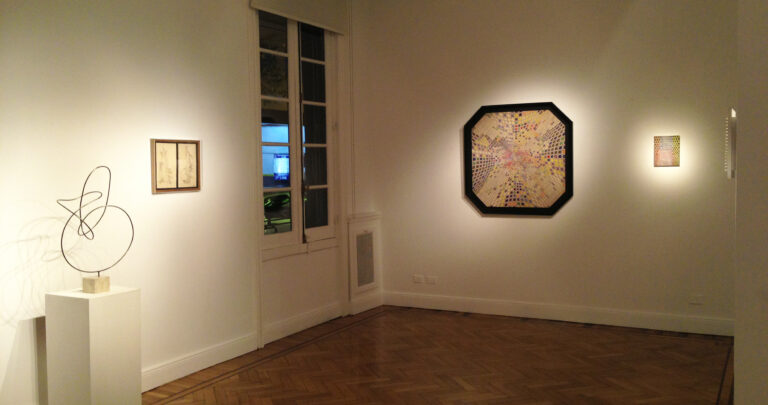
Antoniadis, Marín · 07.09.2013 - 07.11.2013
Double contrast
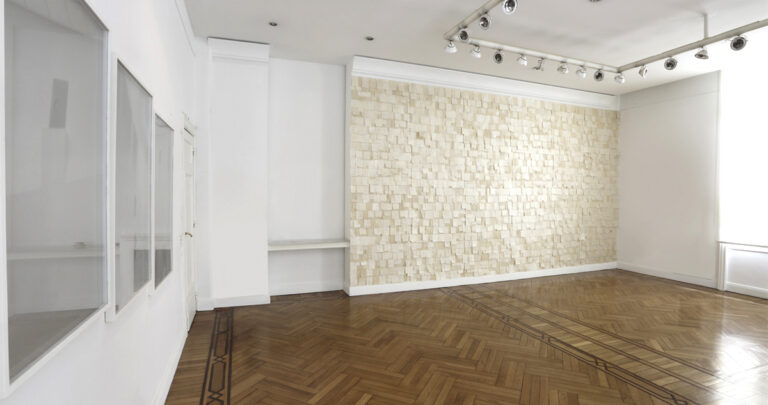
Andrés Sobrino · 28.03.2013 - 30.05.2013
Andrés Sobrino

Antoniadis, Cabutti, Laren, Reyna, Florido, Sobrino, Straschnoy, Tarazona, Ventoso · 20.12.2013 - 15.02.2014
Universus

Elena Dahn · 25.03.2014 - 26.05.2014
Elena Dahn

Marcela Cabutti · 15.07.2014 - 15.09.2014
Finding meaning through shapes

Axel Straschnoy · 12.11.2014 - 19.01.2015
La Figure de la Terre
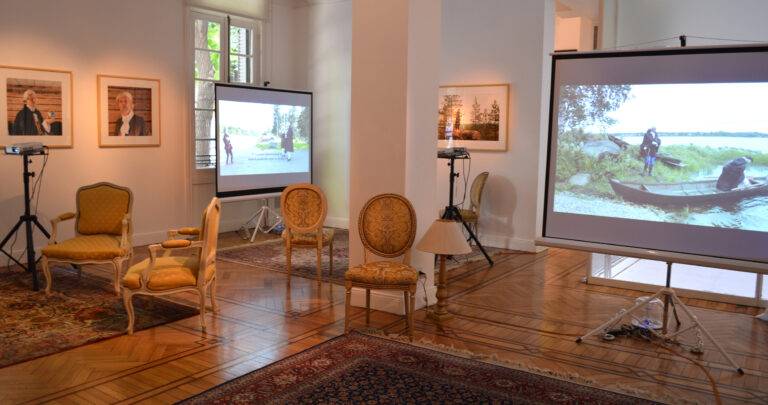
Fusilier, León, Quesada Pons y Vega · 15.03.2015 - 30.04.2015
Limbo

Luciana Levington · 28.05.2015 - 24.07.2015
Luciana Levinton

Leo Battitelli · 12.11.2015 - 12.01.2016
Gargalhadas

Hasper, Scafati · 10.02.2016 - 11.04.2016
Womens’ double
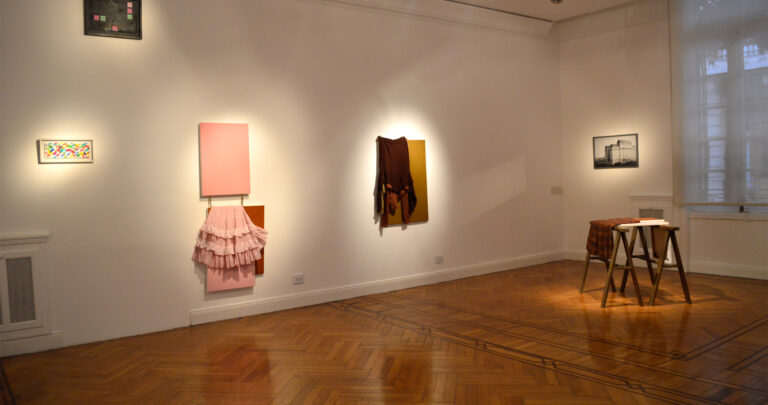
Axel Straschnoy · 12.05.2016 - 13.06.2016
Today, great tomorrow!, in the pines wind blows from the past.
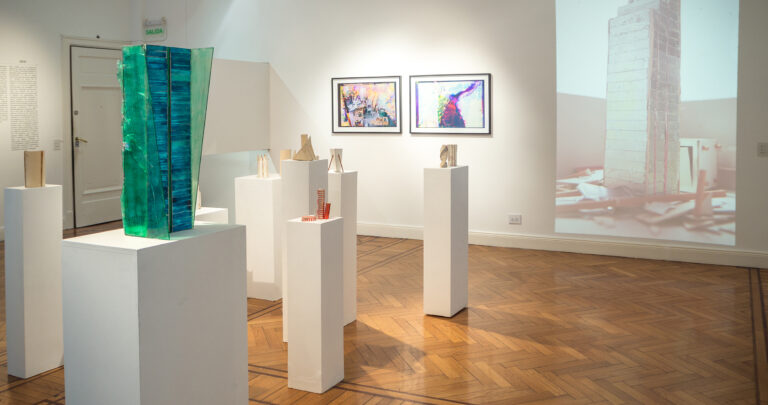
Arden Quin, Boto, Demarco, Espinosa, Iommi, Le Parc, Lozza, Polesello, Puente, Silva, Testa, Tomasello · 07.06.2016 - 05.08.2016
Masters of the avant-garde

De Volder, Sobrino · 11.08.2016 - 10.10.2016
Andres Sobrino and Beto De Volder

Battistelli, Cabutti, Cacchiarelli, Sobrino, De Volder · 02.01.2017 - 28.02.2017
2017 Group Show

Alberto Heredia · 06.09.2017 - 11.10.2017
Alberto Heredia

Federico Manuel Peralta Ramos · 31.10.2017 - 29.12.2017
Federico Manuel Peralta Ramos
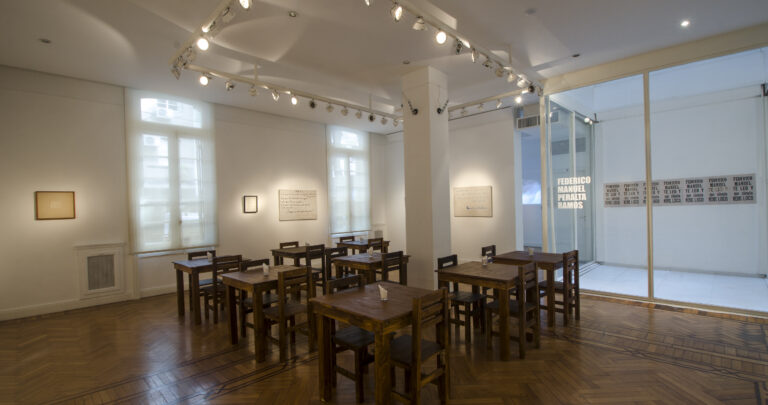
Marcela Cabutti · 10.11.2017 - 31.01.2018
About the effective distance between objects

Luciana Rondolini · 15.02.2018 - 15.04.2018
End
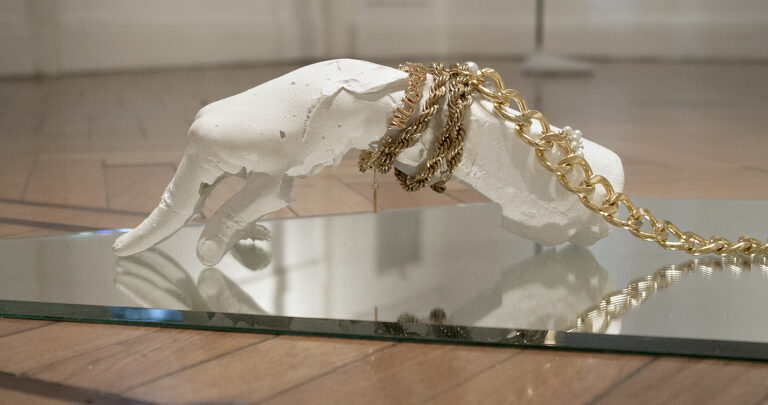
Estanislao Florido · 27.04.2018 - 01.07.2018
The disenchanted object

Battistelli, Cabutti, Marín, Straschnoy, Ventoso, De Volder · 06.07.2018 - 31.08.2018
2018 Group Show

Rogelio Polesello · 06.09.2018 - 20.12.2018
Vortex

Cabutti, Imola, Marín, Reyna, Rondolini, Straschnoy, De Volder · 27.02.2019 - 03.04.2019
2019 Group Show

Alberto Greco · 04.04.2019 - 31.08.2019
The bad handwriting
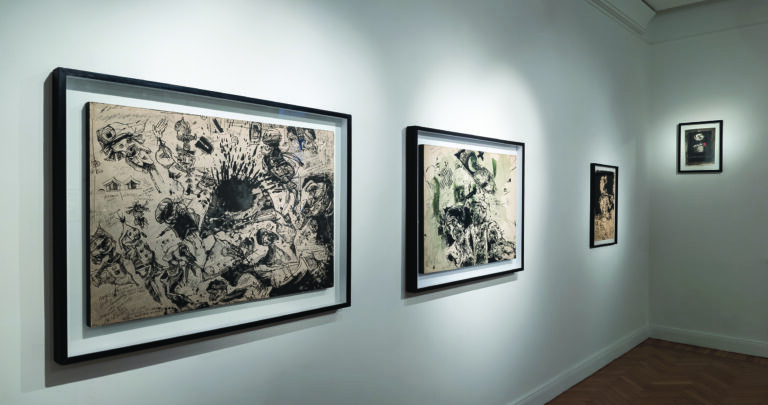
Matilde Marín · 25.09.2019 - 31.12.2019
As the blue smoke of Ítaca is spotted

Esteban Pastorino · 10.09.2020 - 29.01.2021
Pastorino
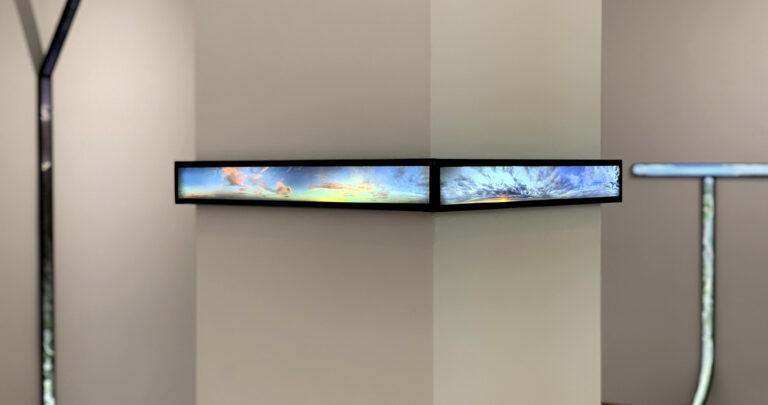
Marín, Imola, De Volder, Reyna, Florido, Straschnoy, Pastorino · 08.02.2021 - 01.04.2021
2021 Group Show
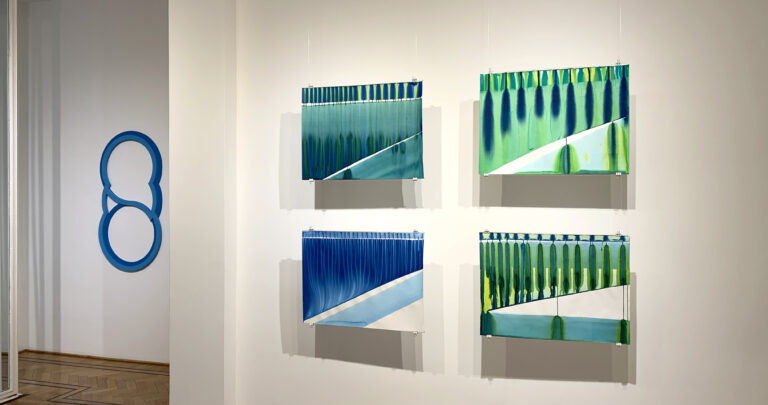
Alberto Greco · 06.04.2021 - 30.06.2021
LA PITTURA È FINITA. Poses and impostures of Alberto Greco in Italy
